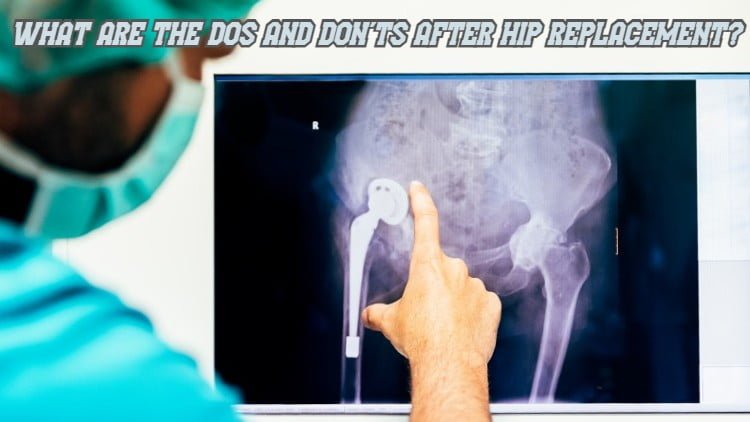Many people, despite severe pain, refuse to visit a hip replacement surgeon out of fear of invasive treatment. Their fear usually stems from unanswered questions like how successful will the procedure be, how it will impact their lifestyle, what physical limitations they would have to face, and so forth.
If you’re one of them, it’s important to address your concerns and give you a fair idea of what you can expect from the hip replacement surgery.
For the basics like what Total Hip Replacement (THR) is, please go here. Also read: Is Hip Replacement Surgery Safe and Successful?
Talking to the Doctor to Resolve All Your Queries
Coming to the dos and don’ts after hip replacement surgery, there aren’t much of the restrictions as there once were. We have come a long way… Taking giant leaps with technological advancements, invasive orthopedic treatments have become more effective and less intrusive with a relatively quick recovery period. This is especially true if you’re going with minimally invasive hip replacement as opposed to the traditional procedure. Of course, your doctor would explain it to you want kind of procedure you’ll undergo; they will let you know everything about it, including how you should prepare for the surgery, what you should do after the surgery, what are the things you should avoid, and how you can ensure a smooth recovery period. Remember, every case is unique. Depending on your health condition and several other factors, the dos and don’ts may vary. This is why it’s important to have a deep conversation with your doctor and medical team; ask them more questions and resolve all queries.
Getting “Back to Normal”
In general, post-surgery, you would have only short-term restrictions. With proper physical therapy, you would be “back to normal” in 2-3 months. (Although, the length of the recovery period depends on several factors.) In that span, at least in the early days, you may require a walking stick to walk. You would be advised against squatting, crossing your legs, bending forward, and twisting your limb. You should avoid putting any strains on your hip. The doctor would also list you ways how to properly care for your incision.
Your physiotherapist would advise you on how to progressively gain your physical health. This will ensure you’re back to properly walking, running, bicycling and exercising within months of the surgery. In fact, many people start bicycling and running in just 6 months post the surgery.
Again, in the short-term, you will have a few restrictions. But as the weeks pass, most restrictions will go away. You would be back to your previous self in no time – only with no hip pain this time.
Trust Your Doctor (And Say Hi to a Healthier Hip)
Usually, hip replacement is recommended as a last resort when other non-invasive treatments have failed. So, if your doctor has advised for it, understand there’s a reason why. As long as you have one of the top and experienced Kolkata orthopedics doctors and surgeons, you can rest assured to have a good experience and the desired outcome from your hip replacement surgery. THR is one of the most common orthopedic procedures. Lakhs of people opt for this treatment. That’s because it is completely safe and it promises a better and healthier hip.

